Unlike traditional multiple battery cabinets connected in parallel and then connected to the DC side of the PCS, our company adopts a series connection mode. One battery cabinet corresponds to one PCS module. The advantages of this system topology comparing with the traditional mode are:
(1) High security: PCS has independent input of multiple DC channels to avoid parallel connection of batteries, thus avoiding high DC current and reducing the risk of short circuit (the more batteries are connected in parallel, the smaller the internal resistance, and the greater the risk of short circuit).
(2) Extended battery life: battery cabinets are independent, effectively avoiding uneven power distribution of multiple battery cabinets in parallel, and avoiding circulating current between battery cabinets.
(3) Fine management: one battery cabinet corresponds to one PCS module, and the PCS module will adjust the charging current and discharging current according to the status of the corresponding battery cabinet. At the same time, the PCS module has the ability to actively equalize the SOC between battery cabinets on the DC side. The balance point of SOC can be selected according to the real-time status of different battery cabinets to equalize the SOC between battery cabinets.
(4) High online rate, reduction of failure and maintenance loss: each battery cabinet and PCS module work independently. Failure or maintenance of any battery cluster or module will not affect the normal operation of other battery cabinets, PCS modules and the entire energy storage system, reduce the impact of failure or maintenance, reduce losses, and improve equipment utilization.
(5) Low operation and maintenance cost: Each battery cabinet corresponds to a PCS module. In case of failure or aging of one battery cabinet, it is only necessary to maintain the corresponding battery cabinet without replacing all battery cabinets, which greatly saves operation and maintenance costs.
(6) Efficient spare parts: PCS and battery modular design, standardized spare parts, small size and easy replacement.
(7) Convenient maintenance: modular design, maintenance of a single module does not affect the operation of the whole machine, and the maintenance can be completed by one person in the front maintenance design.







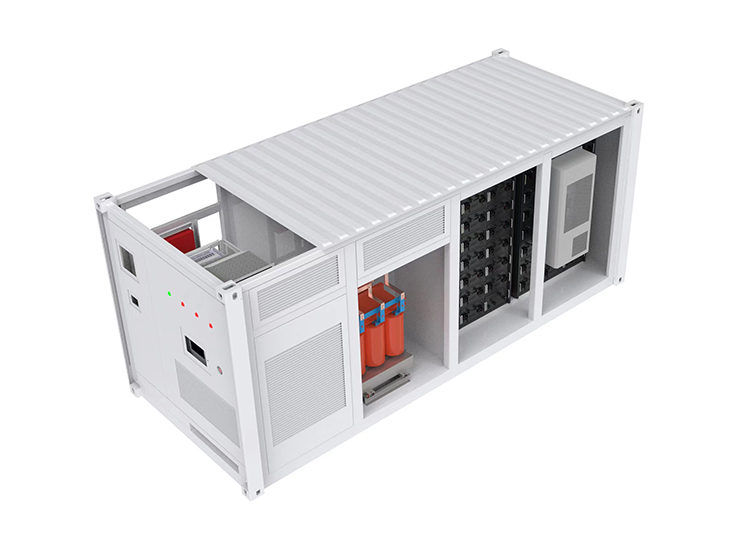
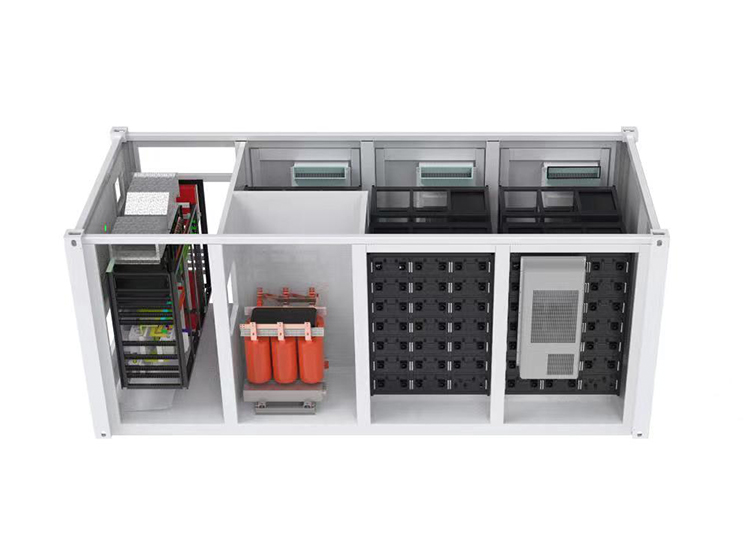
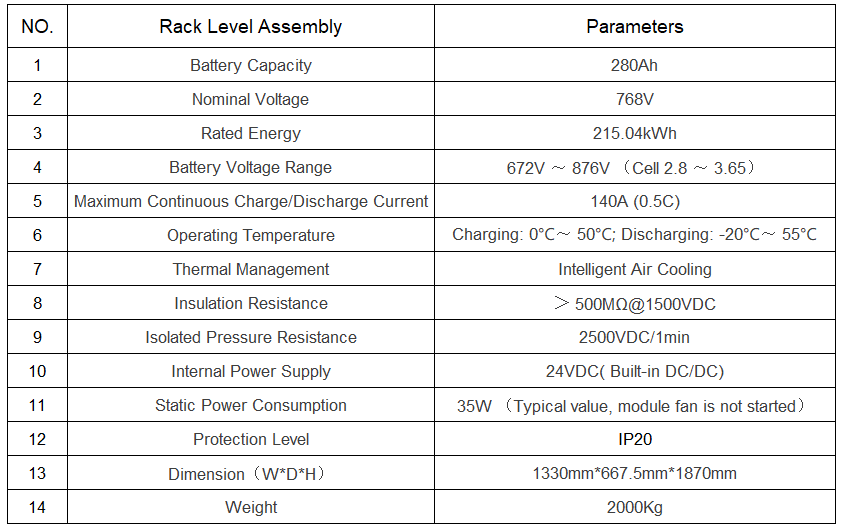
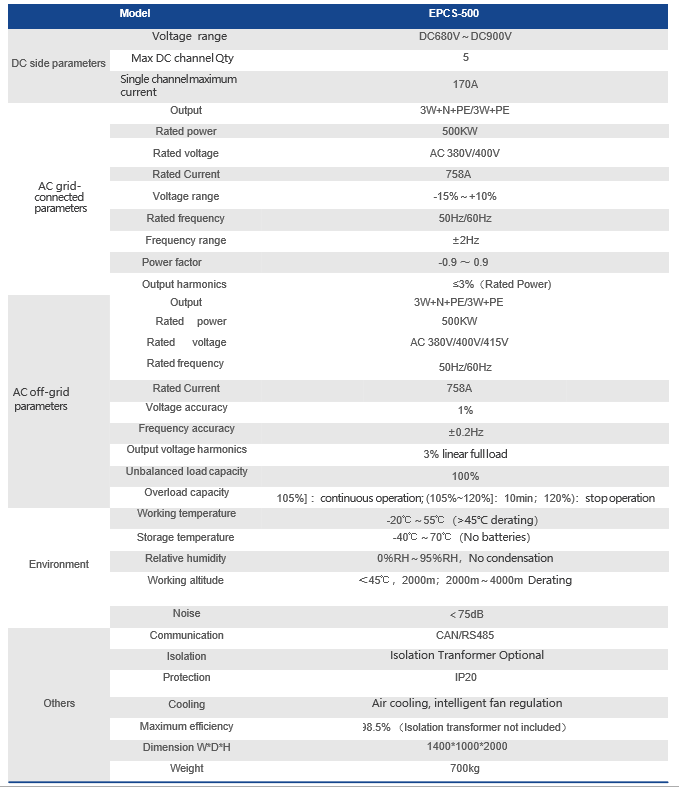
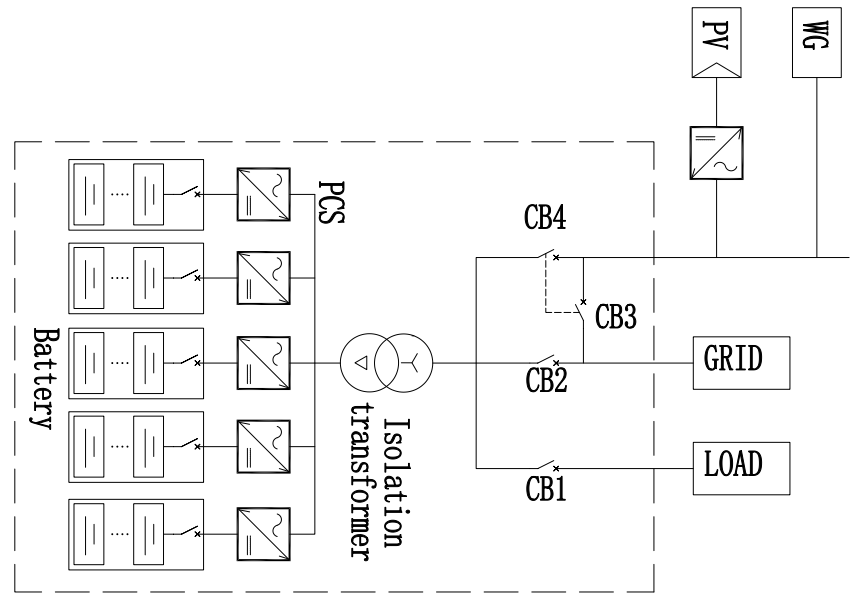

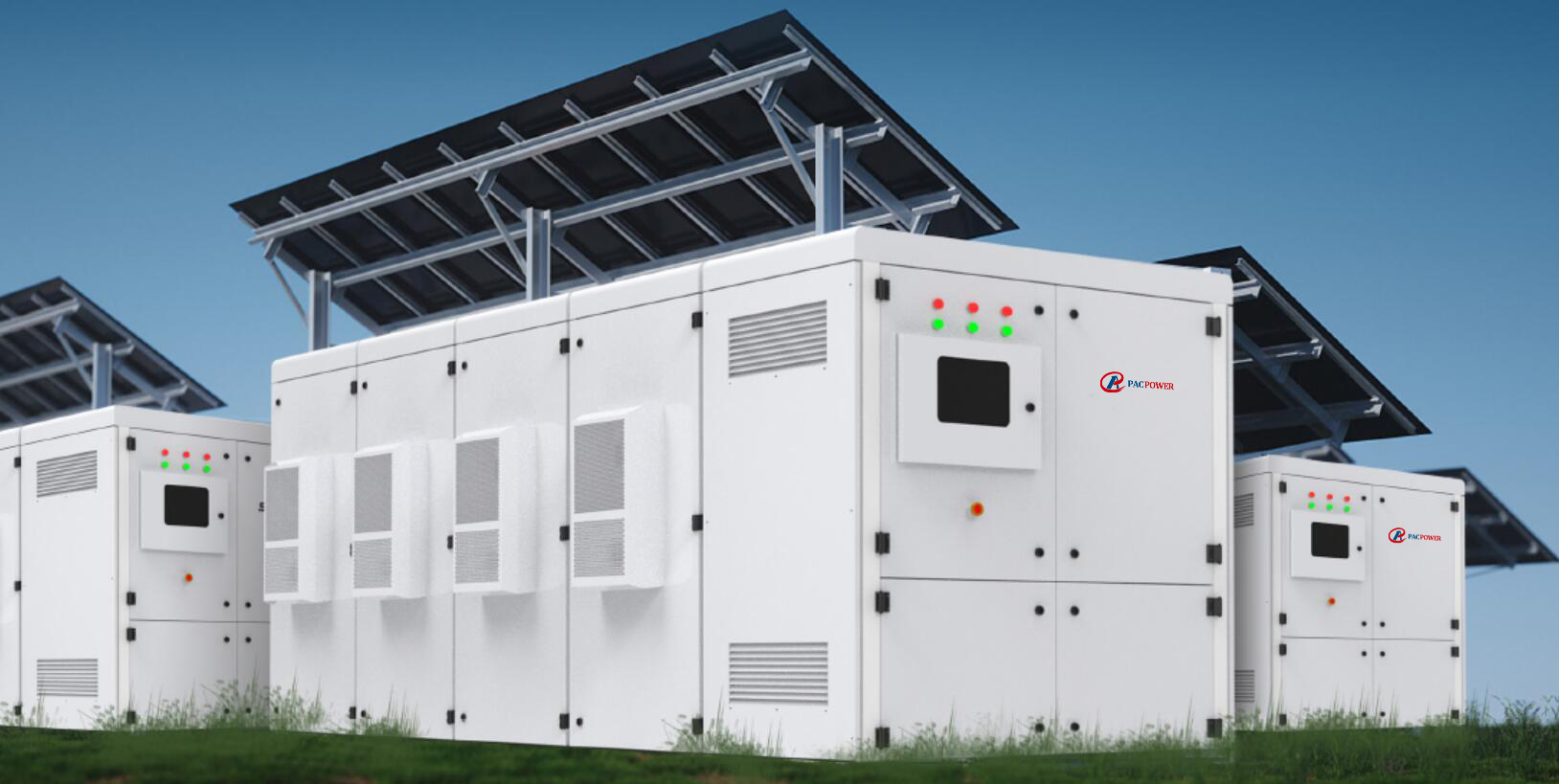

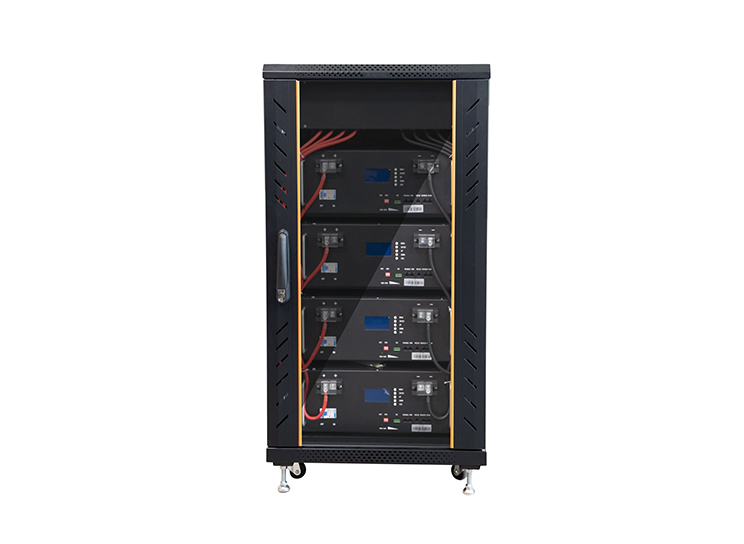
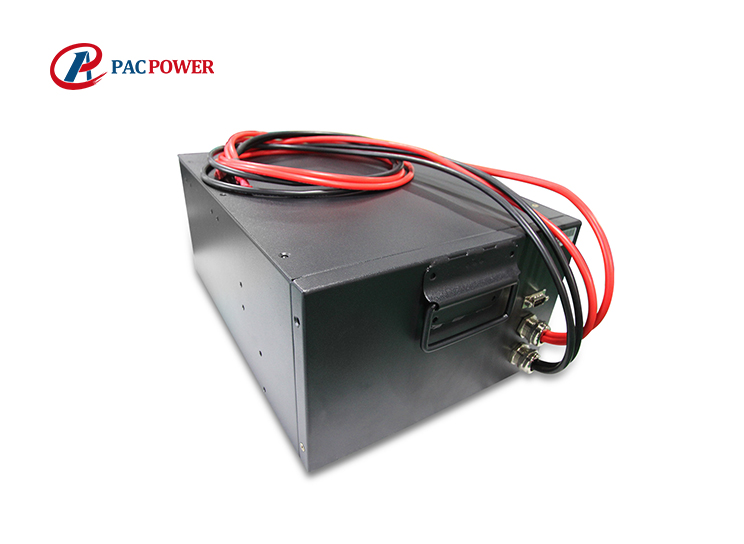
 Catherine
Catherine
 Sales Manager
Sales Manager